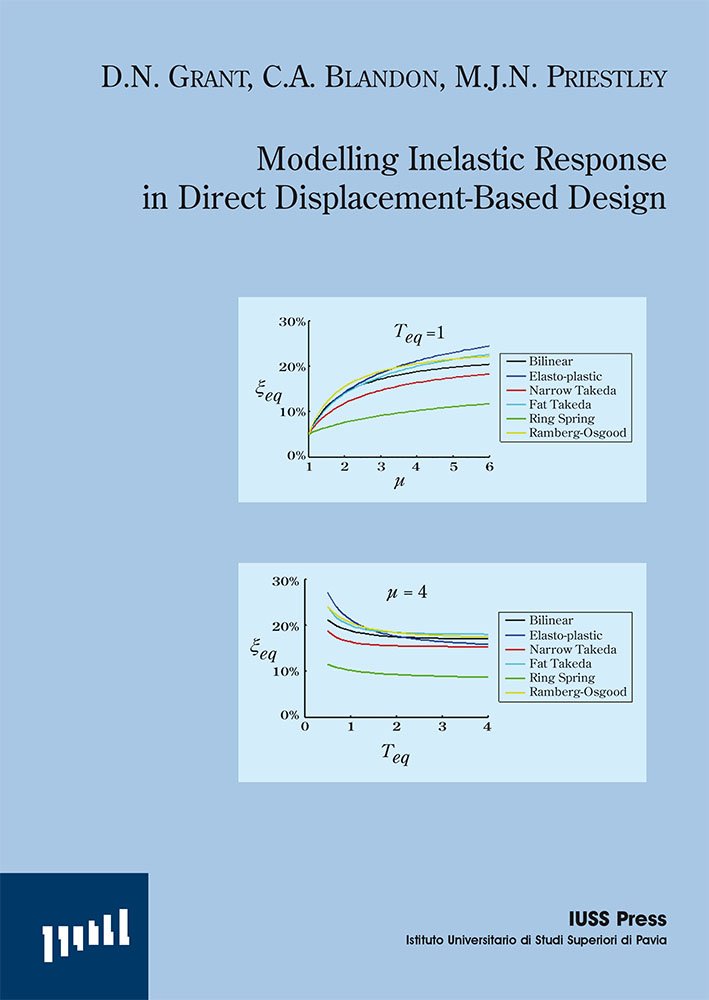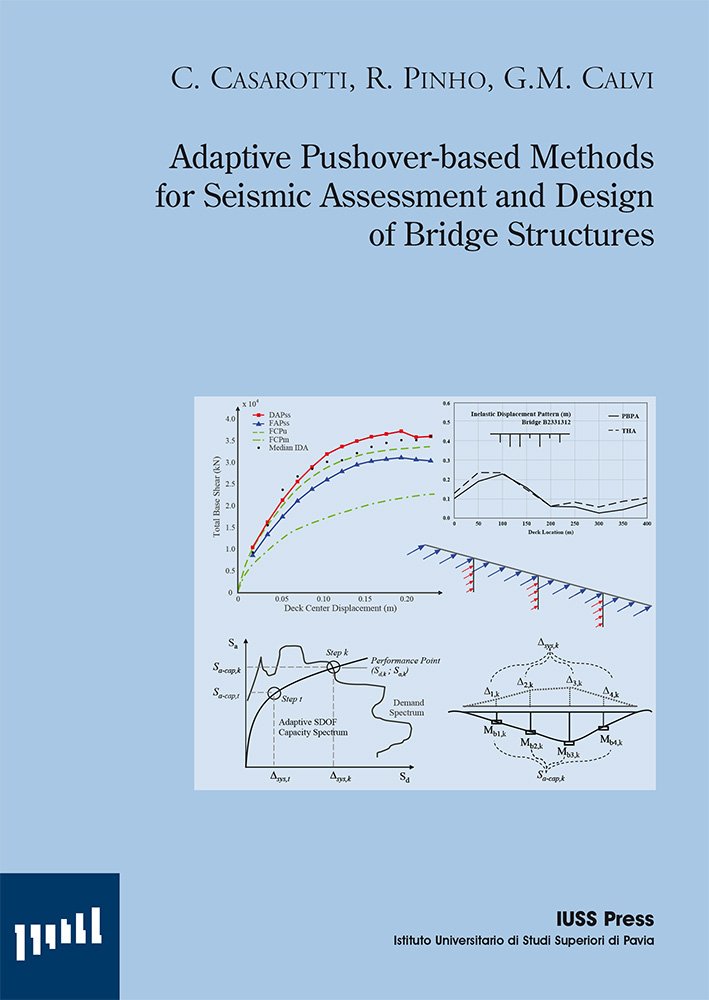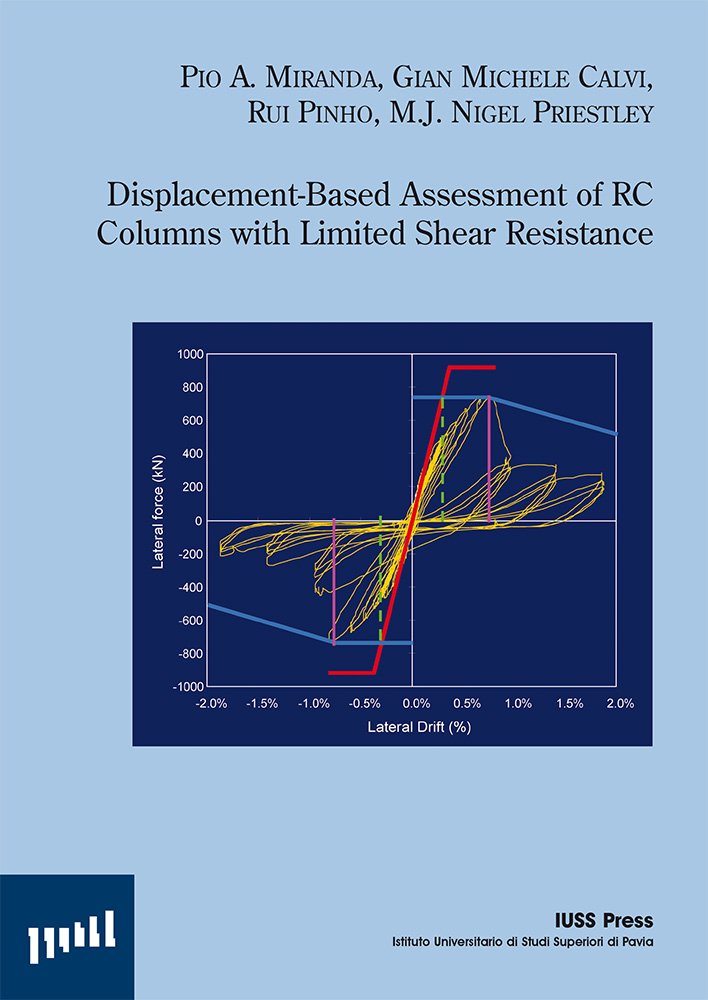Catalogue

Modelling Inelastic Response in Direct Displacement-Based Design
24/03/2005
Adaptive Pushover-based Methods for Seismic Assessment and Design of Bridge Structures
24/06/2005Displacement-Based Assessment of RC Columns with Limited Shear Resistance
Original price was: € 25,00.€ 18,75Current price is: € 18,75.
P.A. Miranda, G.M. Calvi, R. Pinho, M.J.N. Priestley
Research Report Rose 2005/04
ISBN: 88-7358-028-9
In seismic assessment of structures, the excess of conservativeness is undesirable because it leads to unrealistically low estimations of the level of seismicity that the assessed structure can sustain.
Out of stock
In seismic assessment of structures, the excess of conservativeness is undesirable because it leads to unrealistically low estimations of the level of seismicity that the assessed structure can sustain. This increases the associated probability of exceedence and perhaps also the retrofit costs. The force-deformation response of reinforced concrete columns that fail in shear before nominal flexural capacity is attained, is characterized by a considerable loss of stiffness that occurs after the formation of diagonal shear cracks. The resulting additional deformations are usually neglected in current seismic assessment procedures, which leads into a significant underprediction of the drift at shear failure. The undertaken research focuses on the development of a new methodology designed to account for the effects of shear cracking, with the aim of achieving a more realistic analytical quantification of the drift at shear failure of reinforced concrete columns with limited shear resistance. The results of the proposed procedure were compared with the experimental drift at shear failure from a compiled database of nine specimens that presented a verifiable brittle shear failure. It was confirmed that vastly improved predictions of the ultimate drift were obtained by means of the proposed methodology. The experimental database was also used to study the equivalent viscous damping associated to shear critical columns, which confirmed that shear failure limits the energy dissipation capacity of reinforced concrete columns. This implies that the existing ductility dependant equivalent damping models tend to overestimate the damping characteristics of shear dominated reinforced concrete columns. Finally, the implications that the findings of this work have on Direct Displacement-Based Assessment of structures were identified and discussed.

